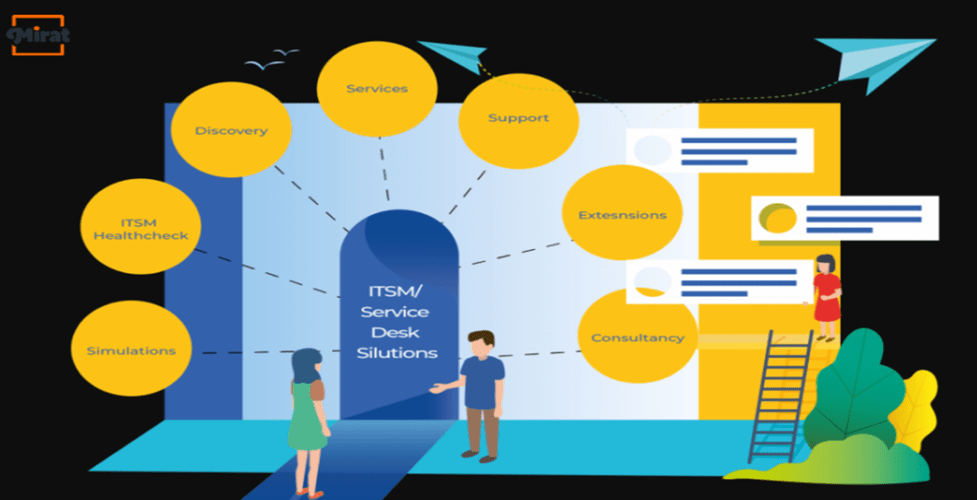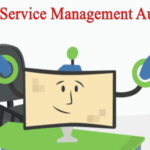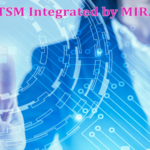Despite their critical role in IT customer productivity, less visible internal IT operations departments such as the IT service desk are frequently pushed to the back of the queue. Budget is the main restriction.
Service desk managers must manage what they have better. They uncover efficiencies and add value by focusing on their existing people, processes, technologies, data, and information.
Here’s how Mirat.ai explain ITSM and service desk compatibility
Achieving more with less pressure:
Mobile devices, cloud computing, and the IoT are emerging technologies that infrastructure teams and end-users use to solve new business concerns.
The IT service desk cannot satisfy the business by doing routine tasks.IT client expectations are fluid, especially those for digital support.
Globalization and digitization are changing the demands placed on the hosted help desk. Service desk managers better match capabilities with business goals by being aware of changing business demands.
Energize Hosted Help Desk Staff by finding, retaining, and motivating workers is a vital task that is often underestimated. Staff attrition negatively impacts troubleshooting and IT perception.
The IT customer experience may be improved by lowering worker attrition and maximizing training costs.
A planned approach is required to manage the IT service desk’s staff. Help desk managers should carefully, keep, and inspire the correct people to support the IT help desk’s goals. Finding talented individuals is challenging, so taking a chance on a prospect is tempting. Bad hires might worsen the situation. Recruiting and training expenditures eat up funds and existing agent time.
The Service Desk Manager Should have:
- Accountability – Willingness to own and resolve a problem. To determine the end issue, users must plan.
- Effective communication – Knowing what will happen when. Maintain a positive attitude, ability to perform under pressure, and calm irate clients.
- Collaboration – Collaborating with others to enhance the IT help desk.
- Methodical approach to problem-solving combined with a technical aptitude for diagnosing and resolving technology challenges.
What sort of queries or concerns keep coming through calls? Can they be answered in FAQs?
Understanding demand helps identify the methods, structures, talents, and tools required in a service desk software to meet the same.
There are two fundamental methods for reducing call volume from here:
- Eliminate sources of demand (for example, automated detect-and-correct fixes which spot and resolve issues before they impact IT customers)
- Cut down on phone calls by rerouting events and requests throughout the support counter. Often, troubleshooting automation turns a manual procedure into a “zero-touch” process.)
Analyzing incoming demand assists you in determining whether to remove or redirect.
While the “form” of inbound demand varies for every company, the following can be summarised:
- Device, service, or application failure demand – A device, service, or application has failed.
- Information demand – Data is required by the end-user.
- Demand for value – Users will always need the latest ITSM tools of helpdesk software to make their jobs swift and easier than before.
Resolve to do more
Only your cloud-based help desk data identifies targeted action. Examine it. Use your reporting tools of helpdesk software to gather data. Study issues that are solved promptly, and how are they different from others? So, who should deal with what challenges at what levels?
When given the correct information and tools, can end-users self-serve (“Level 0”)? Because IT consumers are becoming more computer literate, the assistant counter refers to some concerns.
A self-service site provides access to information, helpdesk solutions, and straightforward procedures for resolving issues (such as password reset and desktop tune-ups).
Because a substantial number of trivial issues have been moved to a web portal, the overall first-time-fix rate goes up, but this rate for assistant counter employees goes down.
- Level 1 service desk: The service desk’s scope includes self-service (user-resolvable issues) and 2nd line help (those that require more incredible technical skills). The service desk bridges the two. For more complex cases, the cloud-based help desk can be in charge of capturing and transferring knowledge from the second line to the service desk (but not directly to the end-user).
The service desk-to-2nd-line support boundary is raised, and fewer issues are escalated. This is where expanding the service desk’s first-time fix rate will yield the most cost savings and customer contentment.
- Level 2 support: Define which issues require 2nd (or 3rd) line support. This allows you to first categorize and route these occurrences to the appropriate teams automatically. Second, you will state unequivocally that specific scenarios fall beyond the help desk’s mandate.
This allows you to focus on less complex issues that you tackle quickly with the right service desk software and skills.
Improve IT Customer Satisfaction = Manage it to improve it.
- To manage something, first, measure it. Customer gratification is used to measure IT perception (if you ask the right questions). They assist you in setting goals and determining progress.
- Conduct regular surveys and use the same metrics to monitor success (this means planning your surveys). Metrics gathered as part of an IT customer survey should be meaningful.
- Keep the survey targeted and limited in the number of questions. A survey’s question count is inversely proportional to the number of responses: fewer submissions, more questions (and more periodic data to work with). Less data means less accuracy.
- So choose one to report up. Many IT firms use the Net Promoter Score (NPS) inquiry to gauge IT perception: How happy are you with IT support? Then ask the qualitative question: Why did you assign this score?
- An IT customer delectation survey’s objective is to ascertain what end users want and provide it.
MIRAT has been proven to reduce 80% of your operational expenses, 20% of outage costs and increases team productivity by 60% and efficiencies by 30%. You can now get your ROI in just six months!
Mirat.ai’s IT Infrastructure Management is Affordable & Easy to use! Get your Dashboard ready in only 5 Minutes. Request for Trial/Demo now (or) Contact our Team Now .
Contact Information:
Hema
Sales Executive
Phone: +1-315-636-4213
Email: sales@mirat.ai
Website: https://www.mirat.ai/


